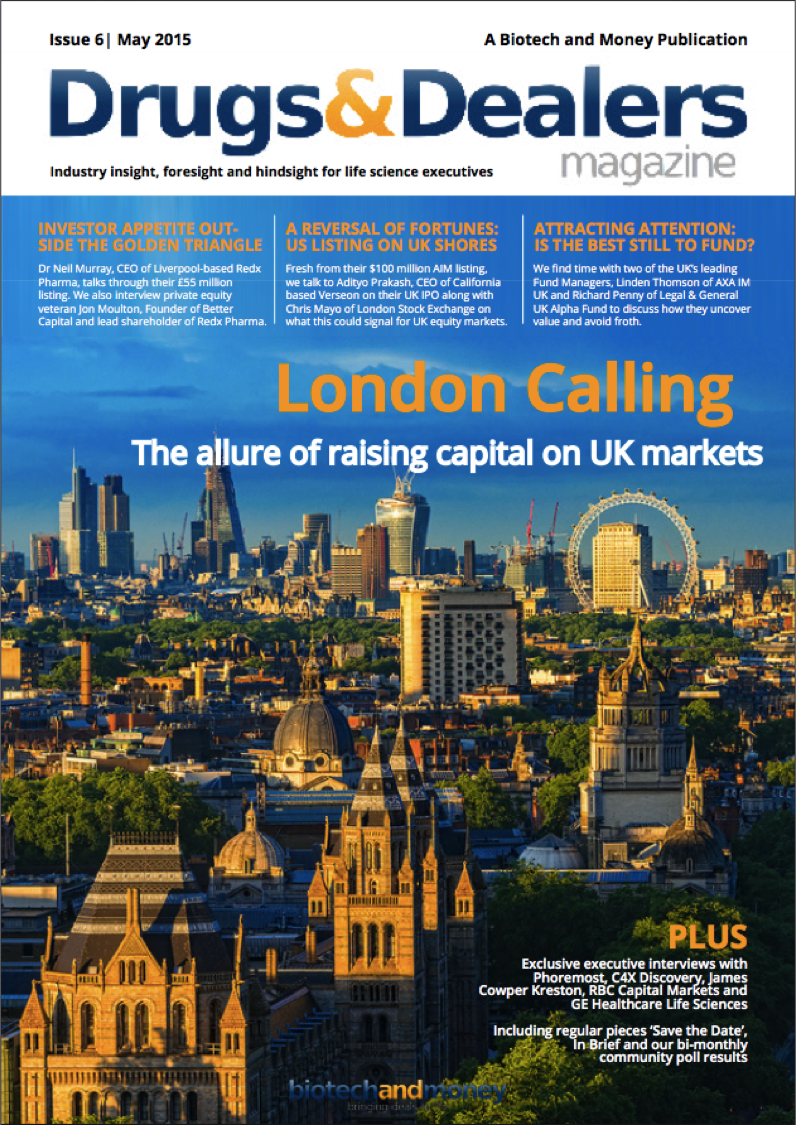Legal and General UK Alpha Fund
Quality sites
- Online Casinos UK
- Casino Non Aams
- Casinos Not On Gamstop
- UK Casinos Not On Gamstop
- Best UK Casinos Not On Gamstop
- Casino Sites Not On Gamstop
- Casino Sites Not On Gamstop
- Casino Sites Not On Gamstop
- Non Gamstop Casino Sites UK
- Non Gamstop Casinos
- Best Online Casino Canada
- Casino Sites Not On Gamstop
- Non Gamstop Casino UK
- UK Online Casinos Not On Gamstop
- Best Slot Sites 2025
- Casinos Not On Gamstop
- Meilleur Casino En Ligne
- Non Gamstop Casinos
- Slots Not On Gamstop
- Non Gamstop Casino
- New Online Casinos Not Registered With Gamstop
- Casino Non Aams Sicuri
- Casino Sites UK Not On Gamstop
- Casino Non Aams Italia
- Bitcoin Casino
- Meilleur Site Casino En Ligne Belgique
- Migliori Siti Scommesse Non Aams
- Meilleur Casino En Ligne De France
The objective of the Legal and General UK Alpha Fund is to provide growth. The fund will typically invest between 90% and 100% in company shares from a small number of UK companies. The fund will invest in smaller and medium sized companies and larger sized companies which form part of the FTSE All-Share, Fledgling and AIM indices of shares. Here we interview Richard Penny, Fund Manager, L&G UK Alpha Trust about the mission of the fund, what he sees as the main criteria he looks for when looking to invest in these biotech or healthcare companies and his view on more generalist sector engagement.
B&M: Can you tell me a little bit about the UK Alpha Trust fund? Why was it launched back in 2005 and what is its remit?
RP: UK Alpha Trust is a concentrated fund, aiming to find both compelling growth and value ideas. Whenever we buy companies we are solely seeking capital appreciation, aiming to beat the broad UK market return by 5% per annum. We either aim to buy growth companies that are likely to appreciate because you’re buying the right business model at the right price or we buy value companies which are recovery or distressed opportunities.
We seek companies with businesses which offer strong growth potential or share prices that appear to offer deep value. For example, within our growth strategy we found a fair number of interesting digital technology ideas but also some appealing healthcare companies.
B&M: Can you tell me anything that’s particularly unique about the fund or anything about the approach that you take that is different?
RP: Having a focus on both deep value and strong growth in one fund is different. It is very aggressive. And therefore the portfolio has a slightly longer-term holding period than other funds. The portfolio can also be very different, good and bad, versus the index. Because we’re often buying smaller businesses, we have to hold them for longer for the relevant catalyst to drive the share price. We are patient, we don’t buy shares in the morning and then sell them in the afternoon, we’re looking for long-term returns.
B&M: On the performance side the fund has seen a 200% increase since it was founded and it’s been in the top 10% of funds since it was launched. What do you think has led to that success?
RP: Taking big weightings in individual companies where I believe they are high conviction picks has been key to long-term success. The individual stock picks as well as the portfolio in aggregate tend to be incredibly different to the general prognosis for economic growth. This is usually because there’s a specific product driving growth or something idiosyncratic evolving for a recovery situation.
B&M: The small cap market is where you see the greatest potential?
RP: Yes, over the long-term, I believe so. It’s an area that is usually hugely under researched area where you could argue that some of the big institutions Fund Management Houses have exited over the years. In theory, it should be a source of better growth because smaller companies should be able to grow better than larger cap companies as their embryonic nature tends to mean they are enjoying exponential growth. Anecdotally, turning £5m profit into £15m is easier than turning £1bn into £3bn for the company but could offer the same upside for an investor.
B&M: Healthcare companies form about 25% of your portfolio. How important is healthcare as a sector for you and for your portfolio?
RP: Our investment process means I look for organic or secular growth prospects but with a good business franchise, which is a metaphor for sustainable returns on capital.
There’s no point in investing in a growing business unless the proceeds of the growth are being invested at a high return. It’s a three card trick if you like; not just seeking business growth but a strong franchise and an attractive valuation. Some of the best sources of franchise value are driven by regulation and FDA regulation in particular. We have had some of our biggest wins not so much in really high tech but in medium tech businesses - diagnostics, medical devices etc. interestingly not big pharma.
B&M: What are the main criteria you look for when you’re looking to invest in these biotech or healthcare companies?
RP: For growth businesses, we’re looking for revenue growth, perhaps the enterprises aren’t profitable yet, but then certainly there should be decreasing losses. I don’t want to invest at a point where the costs keep escalating (and the costs often go up in these kinds of businesses when you employ a sales force because the guys doing the work on the benches are not as expensive as sales guys). In this scenario, you can often find losses increasing just before a launch but we prefer to see some proof of genuine sales success first.
B&M: Is revenue generation a pre-requisite?
RP: On the growth side yes.
B&M: So you are looking for a low risk, high return. How do you manage that risk/reward trade off particularly in the biotech sector?
RP: Generally speaking, the biotech in our portfolio we bought because we thought the share price was appealing. For choice, biotech is normally too early in its lifecycle for us but if you look at the three that we do have, one might classify Skyepharma as biotech but actually it’s profitable and it’s got a revenue story going on. Vectura was kind of a recovery stock because the shares had been weak. But if you look at the cash they have on the balance sheet and the royalty stream they were generating that was pretty much underpinning a 48p per share story and we bought the stock at 60p – much less risk than it appears. In particular, the formulations for their respiratory drugs were quite low risk; they weren’t a new compound.
As a general rule for biotech we wouldn’t really invest ahead of phase III. It’s just too far out. Even at phase III you’re somewhere between 2 ½ and 4 years away from the market which is just too far away.
B&M: Are there any circumstances under which you would invest ahead of phase III?
RP: Not really. Generally speaking early stage biotech is probably overvalued because of the future share dilution. In general, it’s not worked for us.
B&M: A lot of the CEOs that I talk to would like to see the generalists engage more in the life sciences. Do you think generalists are not really engaging as much as they could do with the life science sector as a whole? If that’s the case, why do you think that is?
RP: If you look at the quality of the UK science versus the US, I think the situation is fairly equivalent; we’ve got 3 of the best 10 universities in the world, we’ve got 2 of the top 10 pharma stocks. The equity market should be supported but the valuations in the US are trading a lot higher than in the UK and people wonder why. I see this in the technology sector as well. There isn’t as much money in the UK invested in this area. People simply haven’t made as much profit so there isn’t willingness to keep supporting businesses that can’t support themselves.
If a biotechnology company comes along and it needs to raise more money the price will often drift off before capital is raised, so an investor needs to be very wary. We know that there are 2 or 3 investors that have done well such as Woodford and Investec in this area. Ironically, there should be very good returns for proving capital but in reality there is little profit. To some extent, I feel these early stage companies should operate in the private arena.
B&M: What do you think it is for Legal and General and yourself? What would you like to see in the sector that would result in a fundamental change in your strategy to invest more in the healthcare sector?
RP: You can always wish for tax breaks and that kind of thing, but if we look at the technology sector in the UK there has been some shortage in available commercial management. The US has a huge venture capital industry and there’s a lot of people who have made a lot of money so they’ve got profits they can reinvest. Perhaps the mentality is a little bit more expansive when you made fortunes on Genentech and so forth. You can invest more. In the UK historically, people did make a lot of money on companies like Glaxo but it’s is a more traditional space. There is just a lack of attention in the quoted UK market on these smaller opportunities and in general a differential between where shares trades and the theoretical valuations.
B&M: Is it down to a mentality, a cultural attitude as well?
RP: I think it is. As I say there’s a shortage of capital, a shortage of long-term funds and it means that shares often will trade down to very low levels - never mind how good the science is and the long-term prospects - if a company needs to raise more capital.
Each time the company comes up to a second or third stage fundraising event it’s quoted share price will come under pressure. In our opinion, you don’t need to own them until they hit phase III or they are fully funded.
B&M: The shortage of capital is well documented and there’s a frustration in the community. How is that best addressed?
RP: I wonder if the government may do something in policy terms because they’ve gone to pains to develop the centre at Kings Cross. However, it’s one thing to develop all these private businesses but there are different problems when a business gets to £30m or £40m in size and wants to float on the stock market. Overall, there seems to be a shortage of investors for companies between £150m and £30m in size. People want to invest in enterprises that are £300m or £400m in market capitalisation as they perceive less risk such as liquidity risk.
To some extent it’s driven by financial regulation. The government policy is supportive, but to some extent MiFID and other regulation and the market structure itself is not helpful if you wish to invest in low liquidity shares. The AIM market is the default market for new, technology type businesses which wouldn’t generally float on the full list.
B&M: There’s a role that the government can play in terms of regulation and incentives but what would you think the role would be of the companies themselves. What do you think healthcare companies can do? How do they live in this reality, how do they deal with it?
RP: They need to be very clear about what they promised to deliver. If we look at the AIM market in general then there has been an issue with corporate governance. Just looking at remuneration, I would ask if management desire lots of share options, that’s fine, but don’t take huge salaries as well. We’ve seen quite a lot of issues on compensation over the years. We can’t really support the mentality which says we could be working for a big pharma company, we could be earning hundreds of thousands of pounds in salaries and on the other hand saying we’ll have lots of shares as owners as well. There has been too much of that and I’m getting fed up with it. Also I’d like to see companies give equity to other employees so their workforce can participate.
B&M: Do you have any advice for any companies that are looking to raise money from institutional investors. What do you they need to consider?
RP: We like company management and shareholder alignment. If management are putting their own money into the stock we’re not here to provide exits. Sometimes management see large institutions as a bit faceless and there to provide a kind of soft capital funding. The stock market is there to fund businesses, but it doesn’t mean it will fund anything and the level of failure within venture capital is often misunderstood.
I think a lot of the companies that have floated, be it biotech, healthcare or many other sectors on AIM should have stayed private for longer. In terms of advice it’s very transparent to the equity market when something goes wrong and when it does there’s no buyers. There’s no secondary liquidity for market makers, and the shares will just keep falling.
B&M: Bearing that in mind what do you think are some of the most common mistakes that you’ve seen healthcare companies make?
RP: Floating too early would be one. A chief executive will say we could raise £10bn but then if something goes wrong, they’ll just end up with a business that they can’t finance.
Personally I feel some of the university lead spin-out type companies have floated enterprises, probably 2 or 3 years too early.
I also think early stage businesses need great management input, possibly from the likes of venture capitalists. Too often companies are run by technologists, and it’s often not just about how good the science is, but how commercial it is and how good the sales force is.
B&M: Can we focus a bit more on your fund. What do you think are the biggest opportunities at the moment for your fund in healthcare?
RP: I’m always looking for either diagnostic or medical device type businesses, which have a lot shorter regulatory approval process.
B&M: What’s worrying you at the moment?
RP: To some extent, recent M&A in the US was very price aggressive as large businesses can borrow money cheaply, paying 1 ½ - 2%. If you’re a very big company you have access to the bond market. It’s therefore not directly relevant to the smaller caps, except M&A has always been a feature for small caps. If an emerging enterprise is generating revenues and growing gross margins somebody with a sales force will most likely want to take you over. On the basis that this type of business is better funded in the US, M&A is always likely to be incoming to the UK.
The danger is that the UK stocks don’t appreciate before the US stocks fall. The UK offers a lot better value and people are obviously excited but it doesn’t obviously mean that the UK goes up in-line with the US valuation.
In summary, If you look over 20 years, you might conclude that people are as excited about biotech as they have been for some time and the danger is that maybe there are fantastic opportunities but are investors paying too much for these new ideas?
B&M: Are you optimistic?
RP: I’m very optimistic about the nascent businesses and the state of technology sector overall. As a fund manager, I am confident we’ll do well and leverage many good opportunities. There’s always compelling new scientific advances out there and we’re keen to find new ideas but we’re quite prescriptive about how we want them delivered.
You can read this and 10 other exclusive executives interviews in May’s Drugs & Dealers Magazine.






Leave a comment